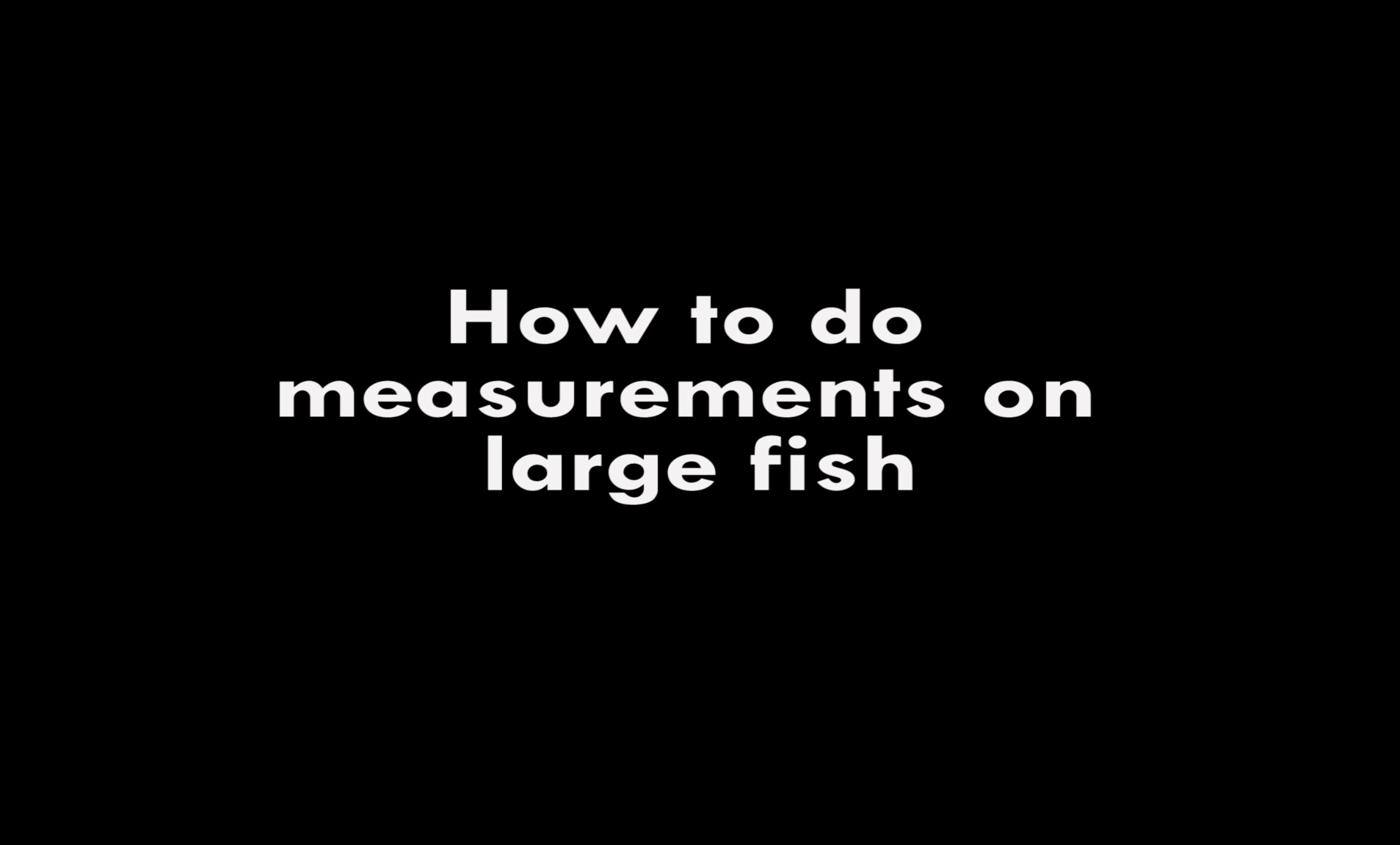
How to do measurements on large fish?
Authors: Elise Eidset, Kjetil Thorvaldsen & Julie Trollebø Kvalheim
Active learning creating video tutorials.
BIO325 is a broad course in modern marine research, with emphasis on fisheries and marine biological methods. The course is comprised of theoretical and practical modules covering habitats and organisms, nearshore ecology, research vessel experience, field observations methods, and training in modelling and analysis of field data.
Course leader: Anne Gro Vea Salvanes
During fall 2016 and 2017, 12 groups of students in BIO325 participated to TE2LE. Click on the screenshots below to play their video tutorials.

Authors: Elise Eidset, Kjetil Thorvaldsen & Julie Trollebø Kvalheim
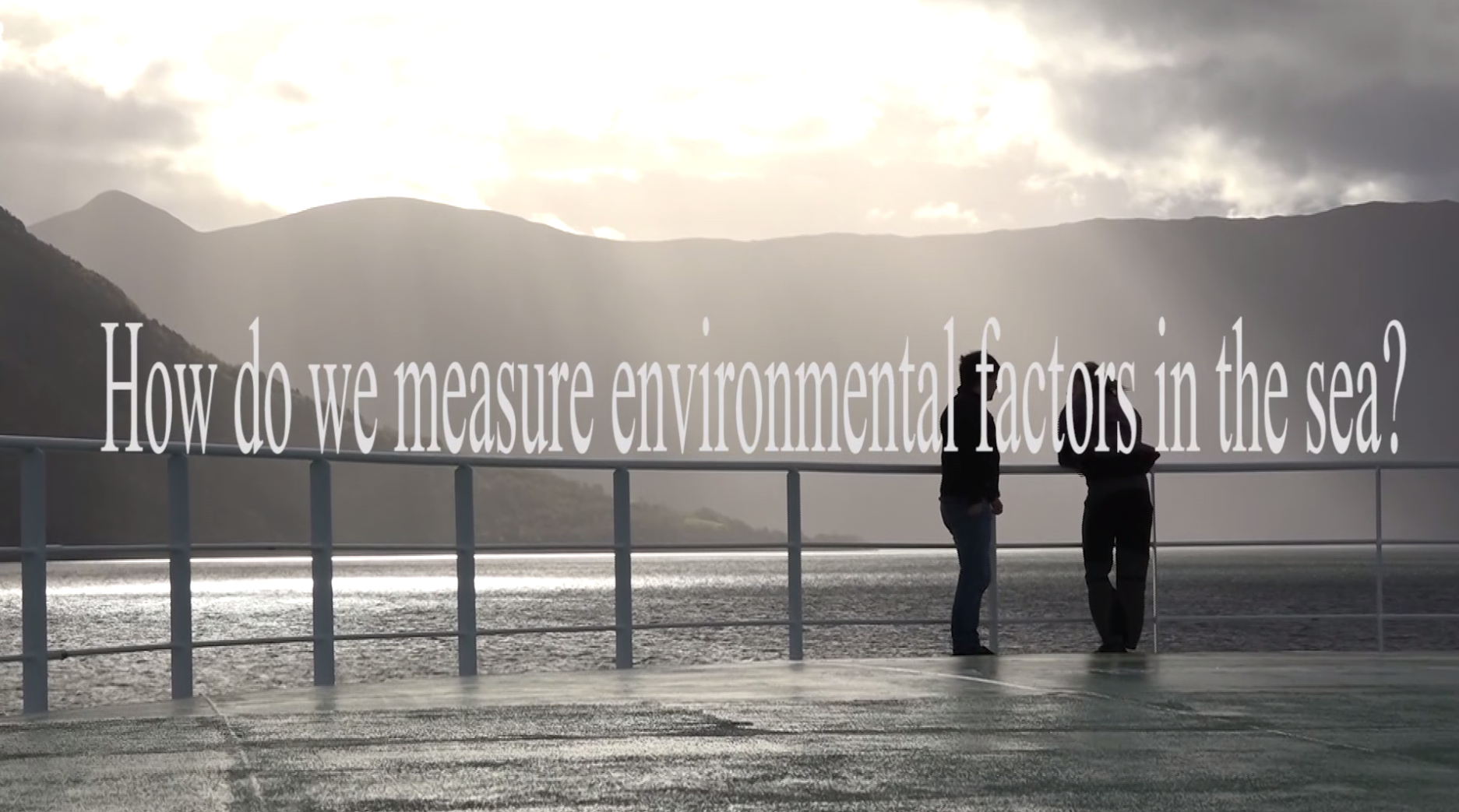
Authors: Hedda Østgaard & Cian Kelly
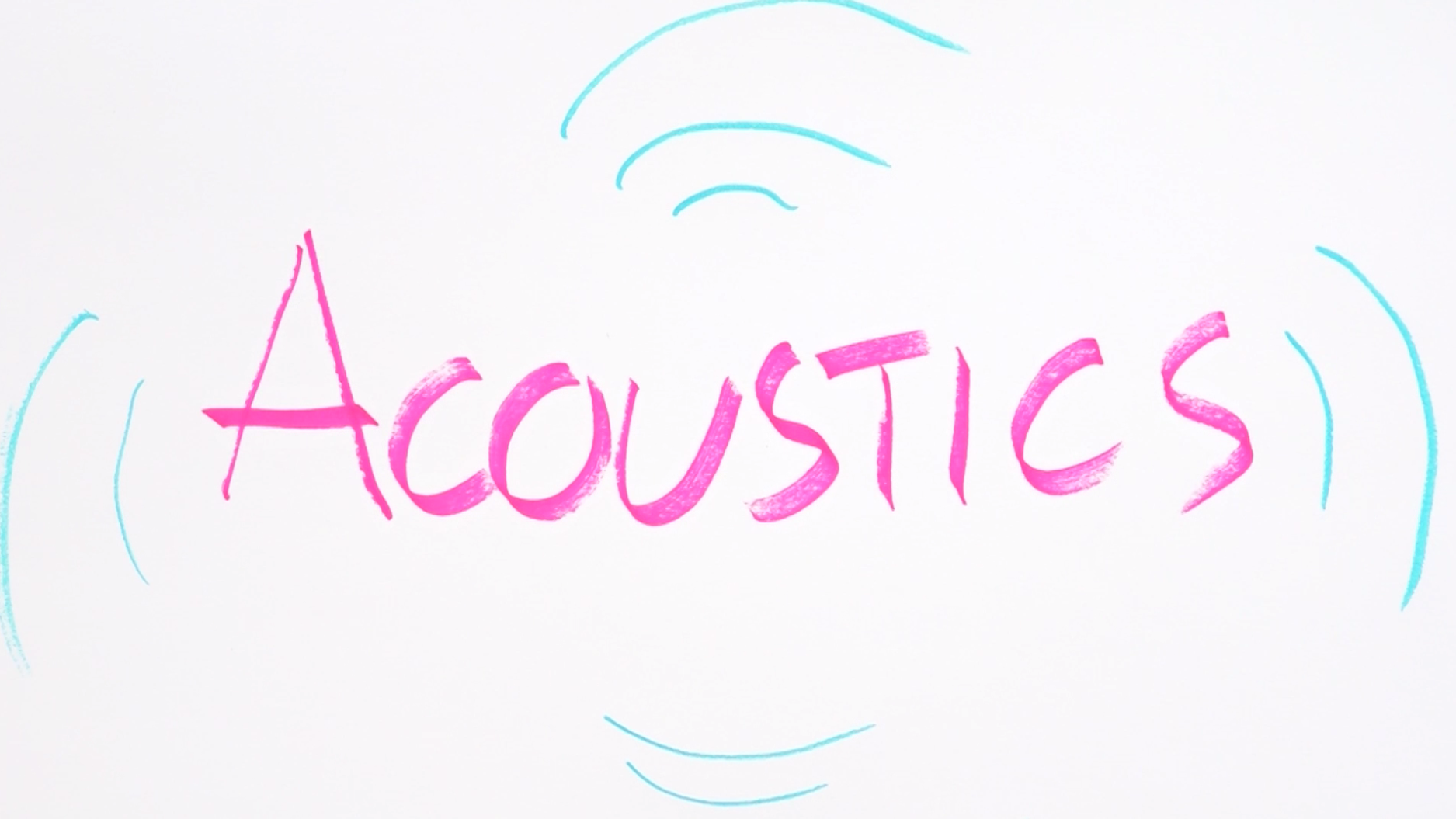
Authors: Gaute Seljestad, Karoline Viberg & Synne Myhre Sunde
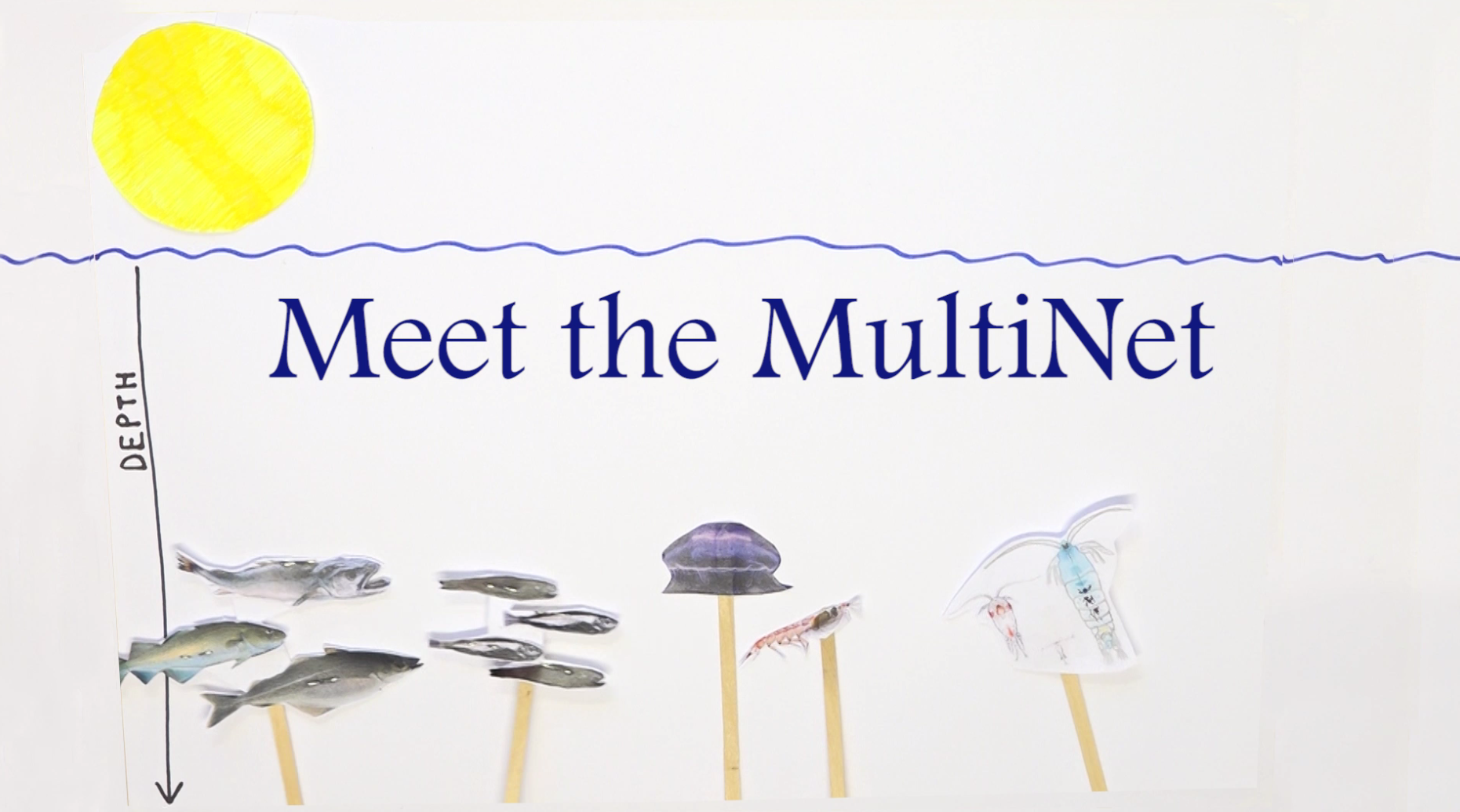
Authors: Kim Bastille, Tonje Næss & Margot U. Nyeggen

Authors: Hilde Sofie Fantoft Berg, Lise Christine Østensvig & Magnus Heide Andreasen
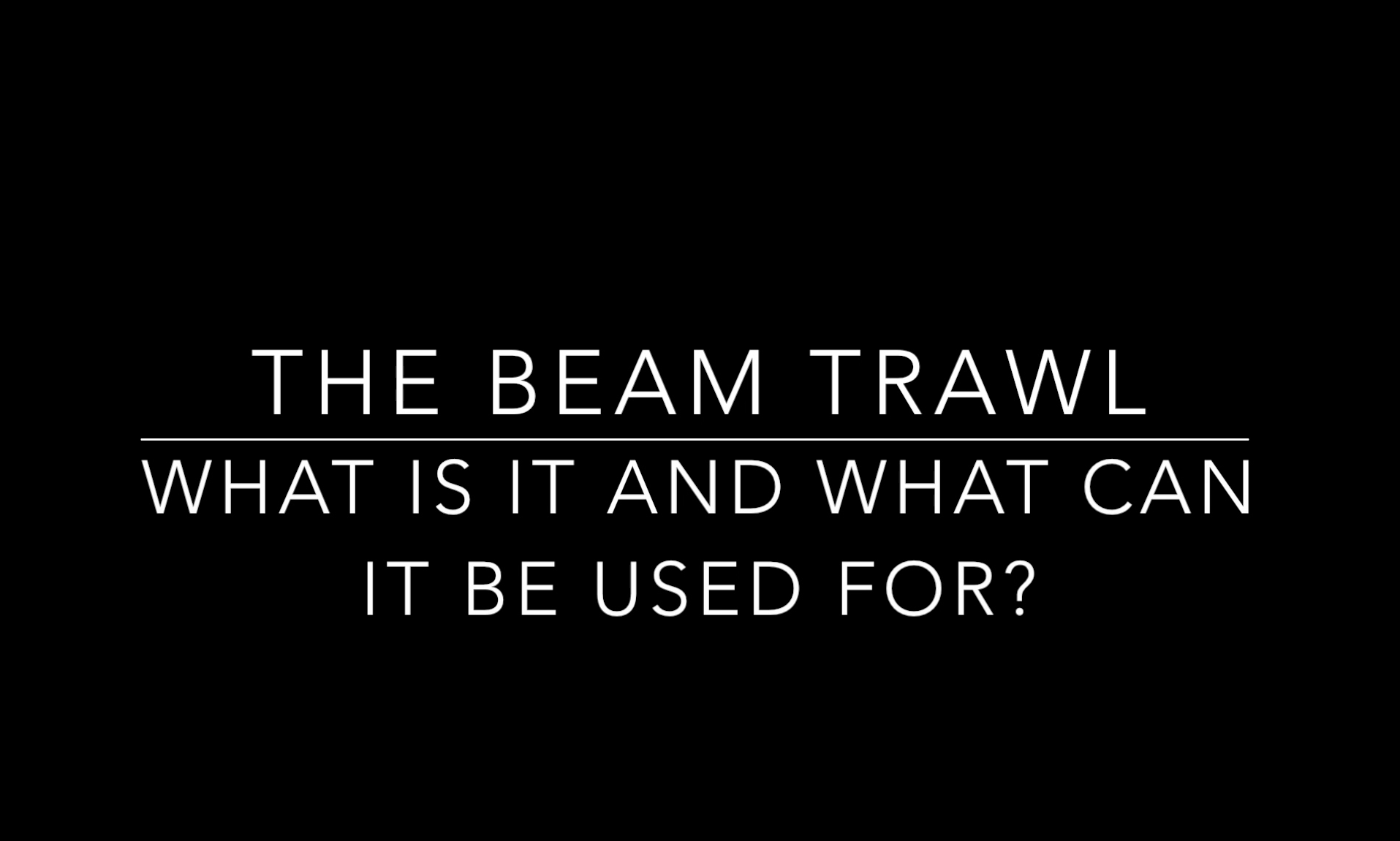
Authors: Terje Alming, Kristine Rokke, Kristina Skants & Signe Svensson

Authors: Solveig Hjelle & Elinor Tessin

Authors: Christine Djønne, Nina Frogg & Ina Nilsen
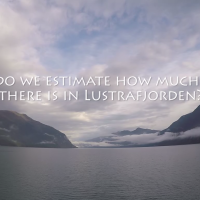
Authors: Mari Vold Bjordal & Daniel Notvik
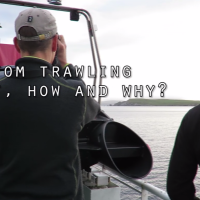
Authors: Martine Røysted Solås & Susanne Tonheim